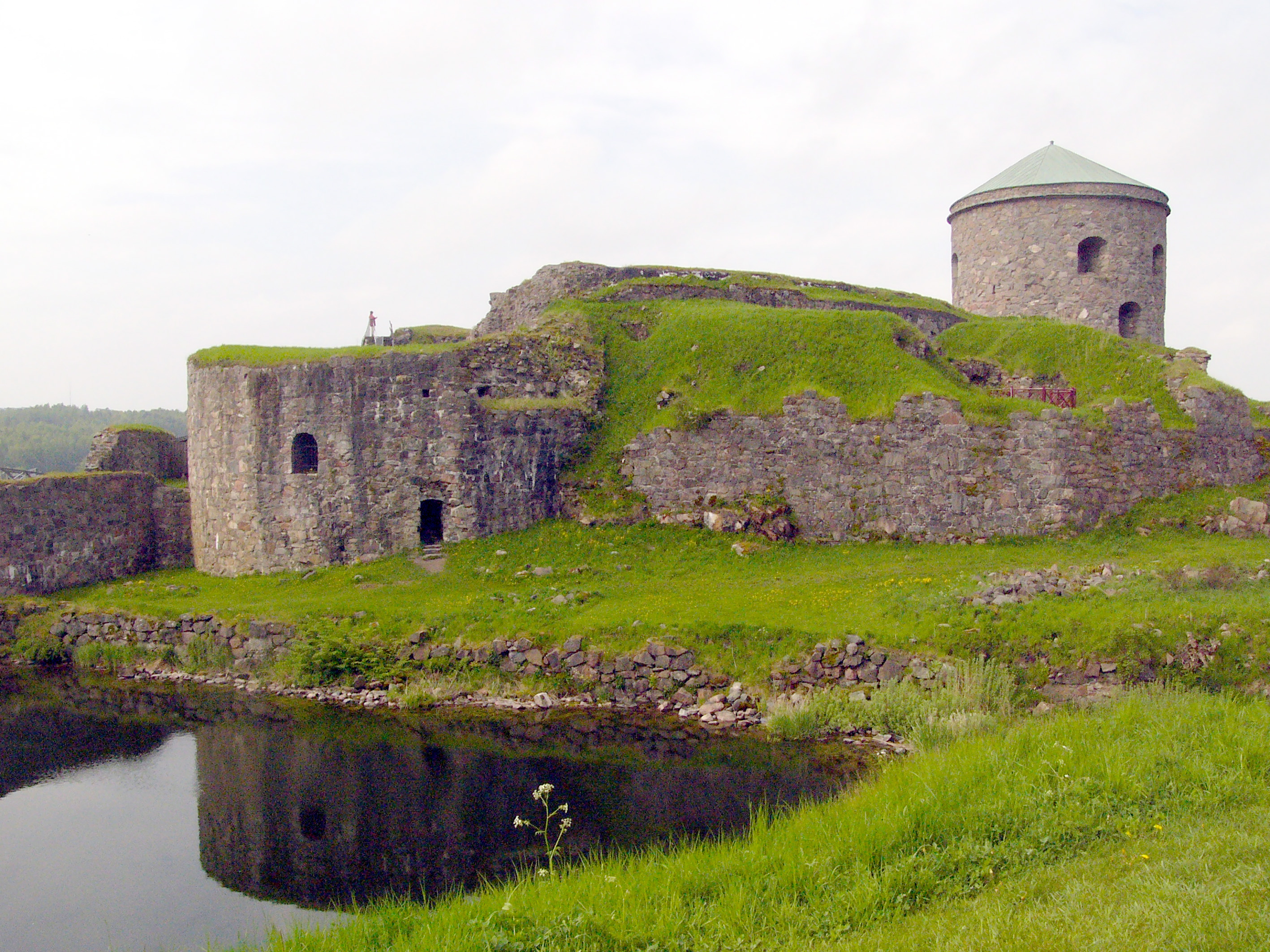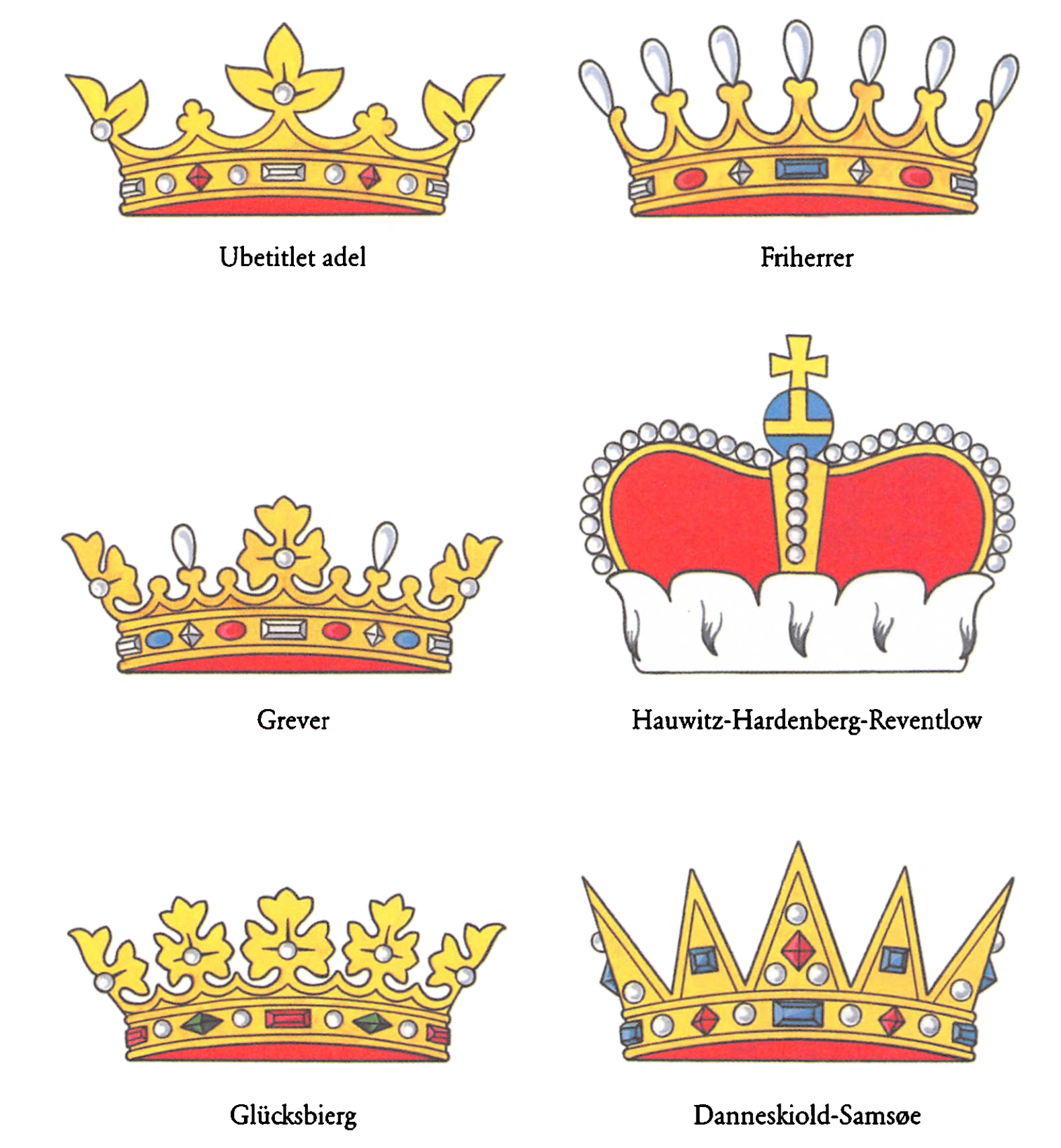|
Jens Hermansson Juel
Jens Hermansson Juel or Jens Juel (born 8 January 1580 at Refstrup,Denmark died 26 March 1634 at Bøvling, Denmark) was a Danish nobleman who served as Governor-general of Norway from 1618 to 1629. Early years Juel attended the Sorø Academy from 1590 to 1596, and then had a seven-year educational trip with studies abroad, ending in 1603 when he became employed at the Danish chancery. He advanced quickly, being given major tasks: Danish Treasury (responsible for accounting, payment and collection of customs duties and taxes, as well as management of state property, including forests, roads and buildings) beginning in 1609, member of the Danish national council from 1616 and assignment to serve on several diplomatic missions. Governor-general of Norway In 1618, he was named Governor-general of Norway which included the traditional role as feudal lord to Akershus in Norway. Juel proved to be an energetic and active governor, both on the Crown’s and on his own behalf. King Chr ... [...More Info...] [...Related Items...] OR: [Wikipedia] [Google] [Baidu] |
Bohus Fortress
Bohus Fortress (also known as ''Baahus'' or ''Båhus'', originally: ''Bágahús'') lies along the old Norwegian–Swedish border in Kungälv, Bohuslän, Sweden, north east from Hisingen where the Göta river splits into two branches ( north of Gothenburg). It commands the surrounding area from a cliff high, with the river forming a natural moat around it. Initial construction The construction of Bohus Fortress ( no, Båhus festning, sv, Bohus fästning) began in 1308 under King Haakon V Magnuson, king of Norway from 1299 to 1319. Håkon V also initiated construction of Norwegian fortresses at Akershus and Vardøhus as part of a broader defensive policy. At the time Bohuslän (''Båhuslen'') was Norwegian territory and served as the main Norwegian defence against Sweden, along the coast as well as the strong point for the Bohuslän region from 1308 to 1658. Medieval castle According to architect Guthorm Kavli: Fortress The fortress was attacked or besieged 14 times ... [...More Info...] [...Related Items...] OR: [Wikipedia] [Google] [Baidu] |
Governors-general Of Norway
Governor-general (plural ''governors-general''), or governor general (plural ''governors general''), is the title of an office-holder. In the context of governors-general and former British colonies, governors-general are appointed as viceroy to represent the monarch of a personal union in any sovereign state over which the monarch does not normally reign in person. Governors-general have also previously been appointed in respect of major colonial states or other territories held by either a monarchy or republic, such as Japan in Korea and France in Indochina. Current uses In modern usage, in the context of governor-generals and former British colonies, the term ''governor-general'' originated in those British colonies that became self-governing within the British Empire. Before World War I, the title was used only in federated colonies in which its constituents had had ''governors'' prior to federating, namely Canada, Australia, and the Union of South Africa. In these cases, ... [...More Info...] [...Related Items...] OR: [Wikipedia] [Google] [Baidu] |
Juel Family
Juel is a Nordic surname. Notable people with this surname include: * Anne Juel, French-British physicist * Celine Juel (born 1993), Danish badminton player * Christian Juel (1855-1935), Danish mathematician * Dagfin Juel (1909-1985), Norwegian politician * Dagny Juel (1867-1901), Norwegian writer * Donald Juel (1942-2003), American educator * Erik Juel (1591-1657), Danish courtier * Jacob Juel (1744-1800), Norwegian timber trader * Jens Juel (other), several people * Karin Juel (1900-1976), Swedish artist * Inger Juel (1926–1979) Swedish actress * Maren Juel (1749-1815), Norwegian landowner * Niels Juel (1629-1697), Danish-Norwegian admiral * Povel Juel Povel is a given name and a surname. People with that name include: Given name * Povel Huitfeldt ( - 1592), Danish-Norwegian governor-general of Norway * Povel Juel ( – 1723), Norwegian civil servant and writer * Povel Pedersson Paus (1625-168 ... (1673-1723), Norwegian civil servant and writer References < ... [...More Info...] [...Related Items...] OR: [Wikipedia] [Google] [Baidu] |
Danish Nobility
Danish nobility is a social class and a former estate in the Kingdom of Denmark. The nobility has official recognition in Denmark, a monarchy. Its legal privileges were abolished with the constitution of 1849. Some of the families still own and reside in castles or country houses. A minority of nobles still belong to the elite, and they are as such present at royal events where they hold court posts, are guests, or are objects of media coverage, for example Kanal 4's TV-hostess Caroline Fleming née Baroness Iuel-Brockdorff. Some of them own and manage companies or have leading positions within business, banking, diplomacy and NGOs. Historians divide the Danish nobility into two categories: ancient nobility ( da, uradel) and letter nobility ( da, brevadel) based on the way they achieved nobility. Another status based categorization distinguishes between higher and lower nobility ( da, højadel, lavadel). "Ancient nobility" refer to those noble families that are known from t ... [...More Info...] [...Related Items...] OR: [Wikipedia] [Google] [Baidu] |
Jørgen Rosenkrantz
Jørgen is a Danish, Norwegian, and Faroese masculine given name cognate to George People with the given name Jørgen * Jørgen Aall (1771–1833), Norwegian ship-owner and politician * Jørgen Andersen (1886–1973), Norwegian gymnast * Jørgen Aukland (born 1975), Norwegian cross-country skier * Jørgen Beck (1914–1991), Danish film actor * Jørgen Bentzon (1897–1951), Danish composer * Jørgen Bjelke (1621–1696), Norwegian officer and nobleman * Jørgen Bjørnstad (1894–1942), Norwegian gymnast * Jørgen Bojsen-Møller (born 1954), Danish sailor and Olympic Champion * Jørgen Thygesen Brahe (1515–1565), Danish nobleman * Jørgen Brønlund (1877–1907), Greenlandic polar explorer, educator, and catechist * Jørgen Bru (1881–1974) was a Norwegian sport shooter * Jørgen Brunchorst (1862–1917), Norwegian natural scientist, politician and diplomat * Jørgen Buckhøj (1935–1994), Danish actor * Jørgen Wright Cappelen (1805–1878), Norwegian bookseller and publis ... [...More Info...] [...Related Items...] OR: [Wikipedia] [Google] [Baidu] |
Kongsberg Silver Mines
Kongsberg Silver works () was a mining operation at Kongsberg in Viken county in Norway. The town of Kongsberg is the site of the Norwegian Mining Museum (). History Operating from over 80 different sites, Kongsberg silver mines constituted the largest mining field in Norway. It was the largest pre-industrial working place in Norway, with over 4,000 workers at its peak in the 1770s and supplied over 10% of the gross national product of the Danish–Norwegian union during its 335-year-long history: over 450,000 man-years were expended in the production. The silver mines in Kongsberg were in operation from 1623 until 1958. Total production exceeded 1,3 million kg silver. Silver was first discovered between the 1 July and 5 July 1623, according to the somewhat romanticized story, which tells of two small children - Helga and Jacob - who were out shepherding their cattle at the top of Gruveåsen hill. They had an ox with them which scraped on the side of the mountain. They could ... [...More Info...] [...Related Items...] OR: [Wikipedia] [Google] [Baidu] |
Haderslev
Haderslev (; german: Hadersleben ) is a Danish town in the Region of Southern Denmark with a population of 22,011 (1 January 2022).BY3: Population 1. January by urban areas, area and population density The Mobile Statbank from Statistics Denmark It is the main town and the administrative seat of and is situated in the eastern part of . Haderslev is home of |
Akershus Castle
Akershus Fortress ( no, Akershus Festning, ) or Akershus Castle ( no, Akershus slott ) is a medieval castle in the Norwegian capital Oslo that was built to protect and provide a royal residence for the city. Since the Middle Ages the fortress has been the namesake and centre of the main fief and later main county of Akershus, which was originally one of Norway's four main regions and which included most of Eastern Norway. The fortress itself was located within the Akershus main county until 1919, and also within the smaller Akershus sub county until 1842. The castle has also been used as a military base, a prison and is currently the temporary office of the Prime minister of Norway. Construction It is not known exactly when the construction of the castle started but it is believed that it took place around the late 1290s, by King Haakon V, replacing Tønsberg as one of the two most important Norwegian castles of the period (the other being Båhus). It was constructed i ... [...More Info...] [...Related Items...] OR: [Wikipedia] [Google] [Baidu] |
Kristiansten Fortress
Kristiansten Fortress ( no, Kristiansten Festning, historically spelled ''Christiansten'') is located on a hill east of the city of Trondheim in Trøndelag county, Norway, named after Christian V of Denmark-Norway. It was built after the city fire of Trondheim in 1681 to protect the city against attack from the east. Construction was finished in 1685. It fulfilled its purpose in 1718 when Swedish forces laid siege against Trondheim. The fortress was decommissioned in 1816 by king Charles XIV John. Construction Trondheim was traditionally protected with fortifications by the river Nidelven and Skansen, but the city was vulnerable to attack from the east. The Fortress was therefore put on a hill to protect the city centre and control the area from Ila to Lade. General Johan Caspar von Cicignon, who was chief inspector of fortifications, was responsible for the new town plan of Trondheim after the great fire of 18 April 1681. He also made the plans for the construction of Kristia ... [...More Info...] [...Related Items...] OR: [Wikipedia] [Google] [Baidu] |
Bergenhus Fortress
Bergenhus fortress ( no, Bergenhus festning) is a fortress located in Bergen, Norway. Located at the entrance of Bergen harbour, the castle is one of the oldest and best preserved stone fortifications in Norway. History The fortress contains buildings dating as far back as the 1240s, as well as later constructions built as recently as World War II. The extent of the enclosed area of today dates from the early 19th century. In medieval times, the area of the present-day Bergenhus Fortress was known as ''Holmen'' and contained the royal residence in Bergen, as well as a cathedral, several churches, the bishop's residence, and a Dominican monastery. Excavations have revealed foundations of buildings believed to date back to before 1100, which might have been erected by King Olav Kyrre. In the 13th century, until 1299, Bergen was the capital of Norway and Holmen was thus the main seat of Norway's rulers. It was first enclosed by stone walls in the 1240s. Of the medieval building ... [...More Info...] [...Related Items...] OR: [Wikipedia] [Google] [Baidu] |





